Propagating Leeks: How To Grow Leeks From Seed Or Scraps
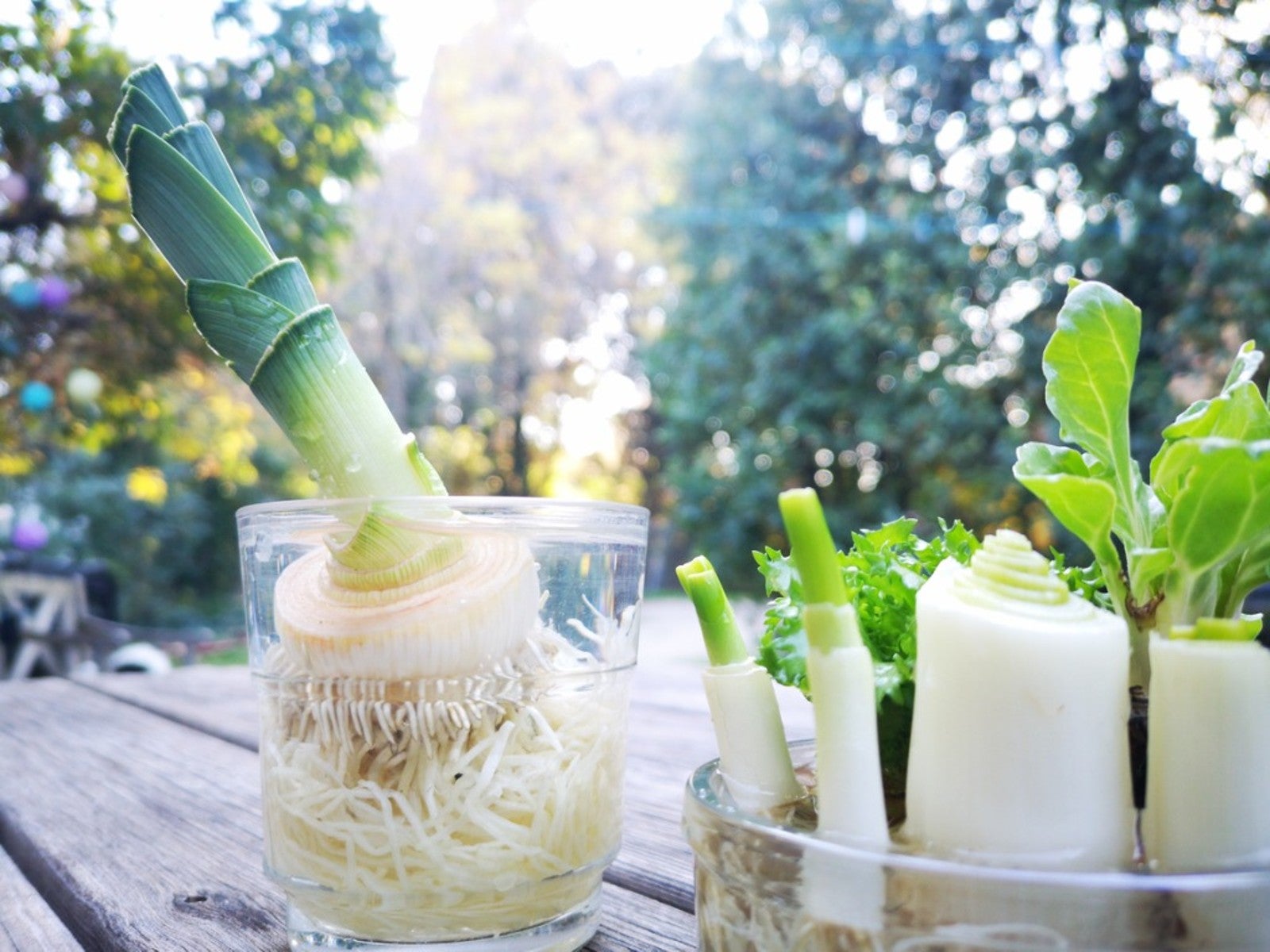

If you enjoy the mild, onion-like flavor of leeks, this member of the allium family isn't as difficult to cultivate as you might think. You can even regrow leeks from table scraps. Plus, if you grow perennial leek plants, you'll never have to replant the “gourmet's onion” again.
Growing and Propagating Leeks
Leeks are a cool-weather, long-season crop. They grow best when the ambient temperature is from 55 to 75 degrees F. (13-24 C.), but many varieties can withstand below freezing temperatures. Depending upon variety, leeks can take up to 180 days to reach maturity.
Growing leeks from seed is the most common method of propagation. In warm climates, leeks can be direct-seeded outdoors during the summer and harvested as a winter crop. In northern gardens, start leeks indoors 10 to 12 weeks before the last frost date.
When growing leeks from seed indoors, sow seeds evenly in open flats or place two seeds per cell in divided packs. Cover leek seeds with 1/4 inch (6 mm.) of fine soil and water well. Place planters in a warm, sunny location or under grow lights. Gardners can expect seeds to germinate in 5 to 14 days.
Transplant leek seedlings outdoors three to four weeks before the last frost. After acclimating the seedlings to the outdoors, space plants 6 inches (15 cm.) apart in 6 inch (15 cm.) deep holes. Water well, but don't backfill the holes. This encourages the stems to swell and helps blanch the leeks.
Growing Leeks from Scraps
Seeds are not the only method for propagating leeks. Gardeners can regrow leeks by cutting them rather than pulling the entire plant from the ground. Keep the roots watered and the cut leek will send up new growth. Both garden and store-bought leeks can also be regrown in a glass of water.
When growing leeks from scraps, be sure the roots are intact. Cut the stalk about 1 inch (2.5 cm.) above the root line. Place the root in a shallow dish of water so the top of the stem remains above the water line.
Gardening tips, videos, info and more delivered right to your inbox!
Sign up for the Gardening Know How newsletter today and receive a free copy of our e-book "How to Grow Delicious Tomatoes".
Place the glass in a sunny window and change the water every few days. New growth usually appears in about a week. You can replant the leeks in soil at this time or wait until they are a little further along.
Perennial Leek Plants
Leeks are often considered a biennial as they bloom and produce seed in their second year. However, leeks are technically perennials. Winter-hardy varieties of leeks can return year after year. Follow these steps to create a patch of perennial leek plants in your garden:
Step one: Choose a sunny location with good drainage. The garden spot should be one which you don't plan to till in future years.
Step two: Plant leek seedlings as directed above, but space perennial leek plants 12 to 18 inches (31-46 cm.) apart.
Step three: Don't harvest these leeks the first year. (If desired, plant additional leeks for fall harvest.)
Step four: The following year, the leeks will bloom. They will then divide and begin forming clumps. The second fall, harvest a few stalks from each clump.
Step five: As the clumps expand in subsequent years, you will be able to harvest more and more stalks. Be sure to always leave some stalks to maintain the clumps.

Laura Miller has been gardening all her life. Holding a degree in Biology, Nutrition, and Agriculture, Laura's area of expertise is vegetables, herbs, and all things edible. She lives in Ohio.
-
 Terrifically Tubular Flowers For Hummingbirds: 9 Tube-Flowered Plants To Attract Hummers
Terrifically Tubular Flowers For Hummingbirds: 9 Tube-Flowered Plants To Attract HummersGrowing tubular flowers for hummingbirds helps you create the optimum feeding conditions for your winged friends. Here are nine tubed delights for hummers
By Tonya Barnett
-
 How To Grow Hydroponic Tomatoes For Fresh Indoor Harvests – No Soil Required
How To Grow Hydroponic Tomatoes For Fresh Indoor Harvests – No Soil RequiredLearning how to grow tomatoes in water is easy and allows you to harvest fresh-home-grown produce in every season without any mess.
By Ellen Wells
-
 What Are Leek Moths: Tips On Leek Moth Control
What Are Leek Moths: Tips On Leek Moth ControlA few years ago the leek moth was seldom seen south of Ontario, Canada. Nowadays, it has become a serious pest of leeks, onions, chives, and other alliums in the U.S. as well. Find out about leek moth damage and how to control these destructive pests here.
By Jackie Carroll
-
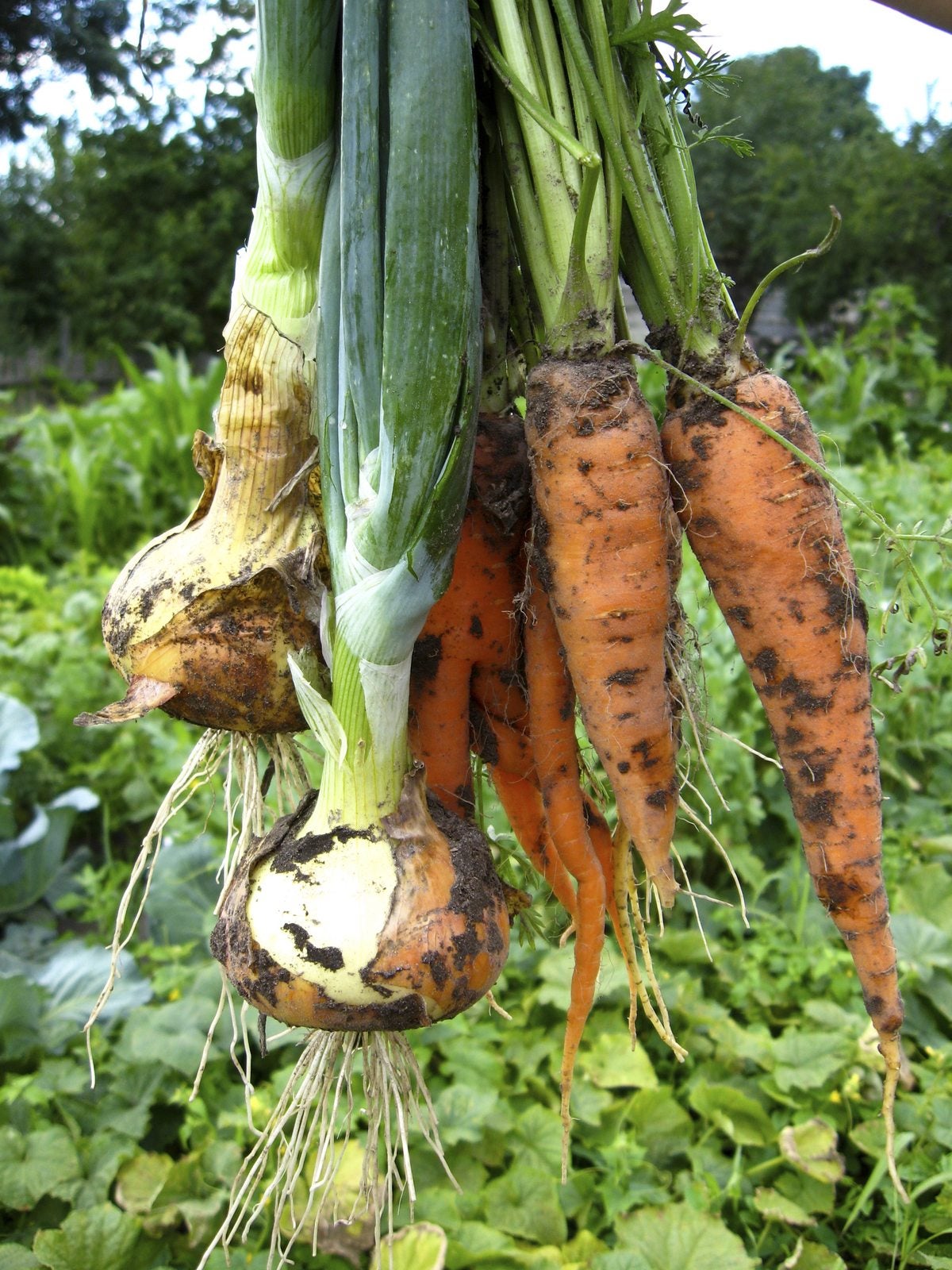 Companion Plants For Leeks: What To Grow Next To Leeks
Companion Plants For Leeks: What To Grow Next To LeeksCompanion plants for leeks help prevent populations of predator insects while enhancing growing conditions. Their strong scent isn't a good combo with every plant, but a few don't mind a little onion breath and make great leek plant companions. Learn more here.
By Bonnie L. Grant
-
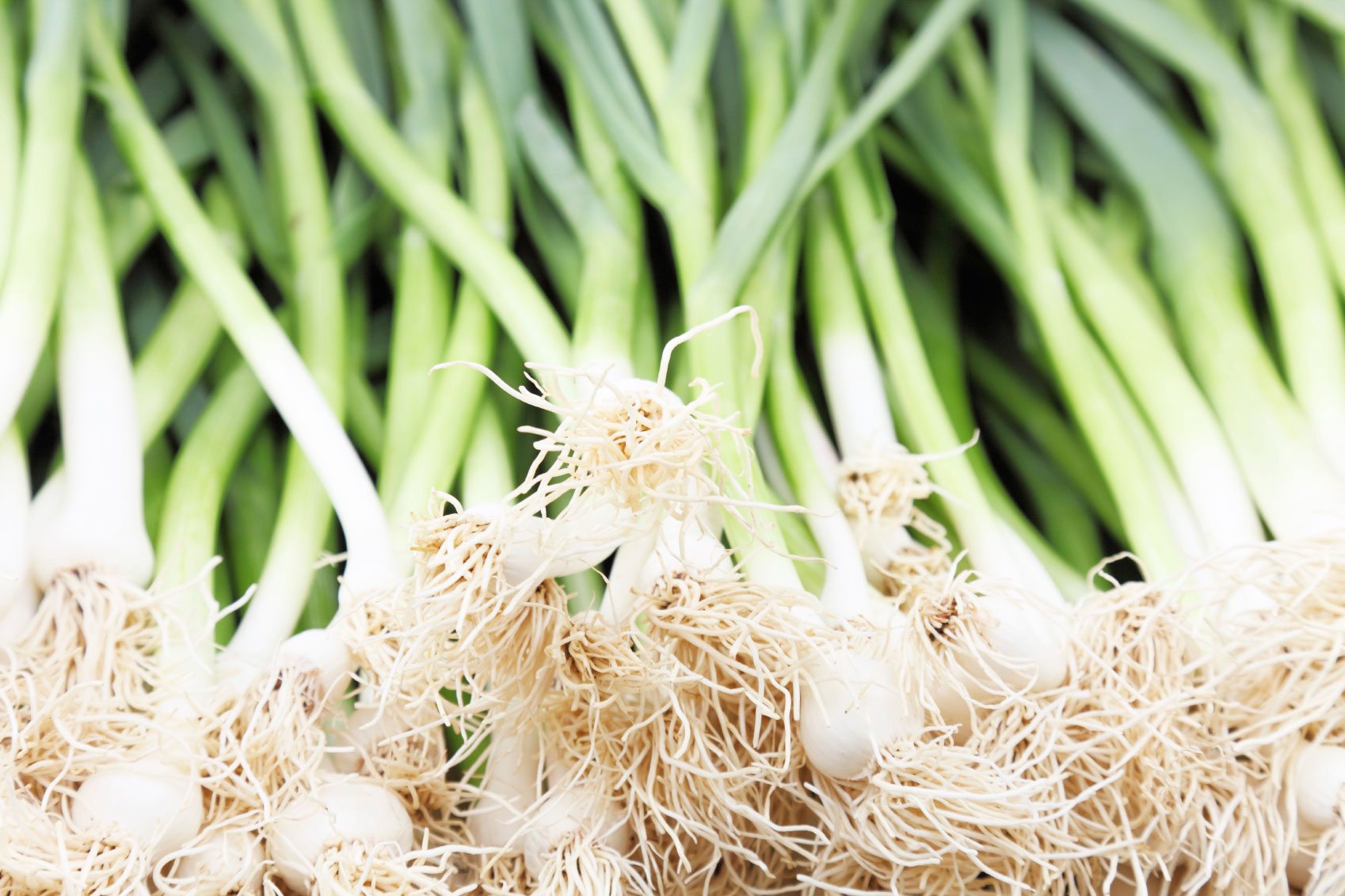 Skinny Leek Plants: Reasons Why Leeks Are Too Thin
Skinny Leek Plants: Reasons Why Leeks Are Too ThinLeeks are a cool season crop, relatively easy to grow in rich soil. They can be planted from seed or transplanted like onions from leek sets. With few pests or disease problems, the major issue when growing leeks may be scrawny looking leeks. Learn more here.
By Amy Grant
-
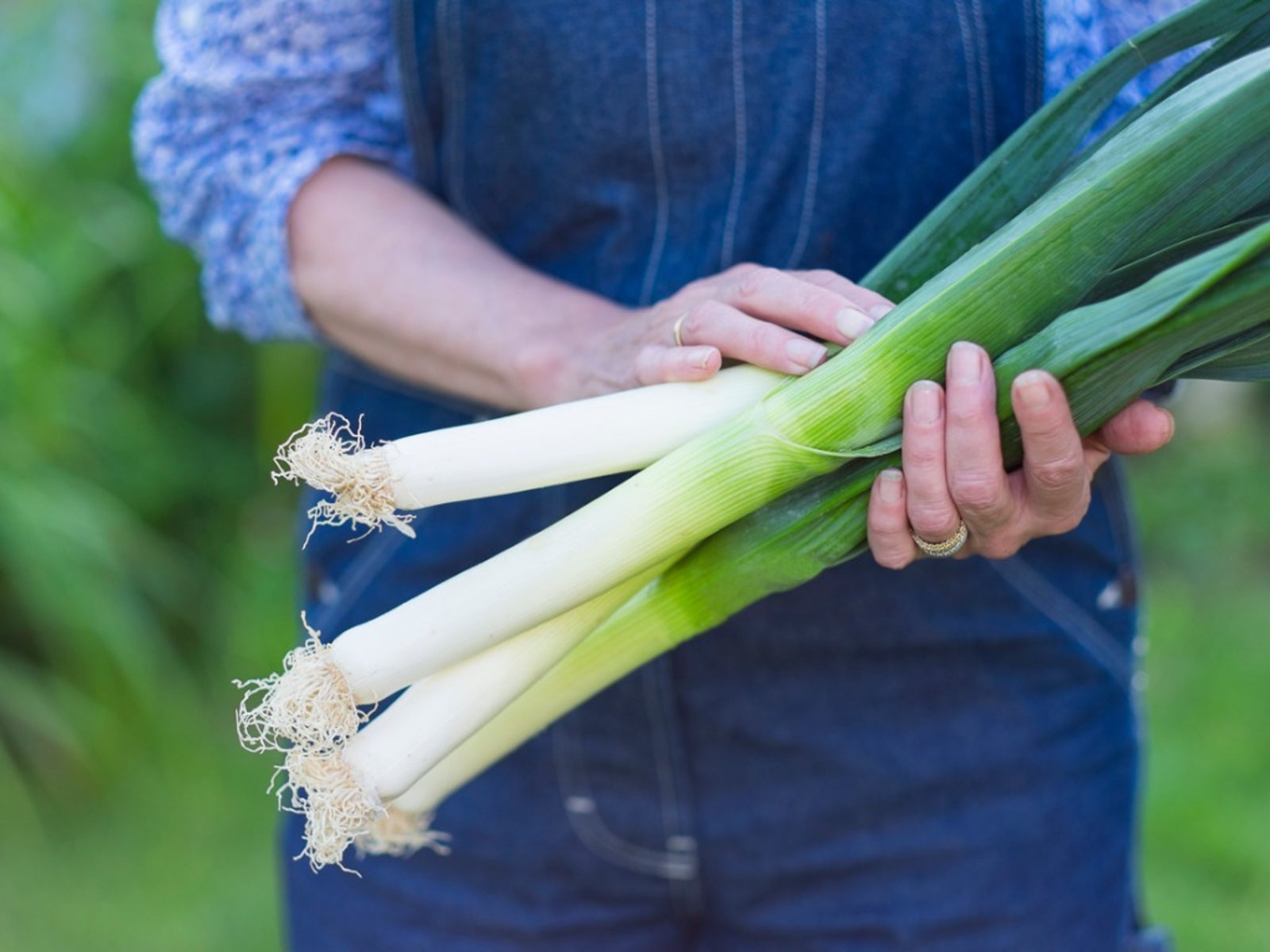 Harvesting Leek Plants: Tips On When And How To Harvest Leeks
Harvesting Leek Plants: Tips On When And How To Harvest LeeksLeeks are members of the onion family, but instead of forming a bulb, they form a long shank. Read here to learn more about picking leek plants in the garden to take advantage of all they have to offer.
By Jackie Carroll
-
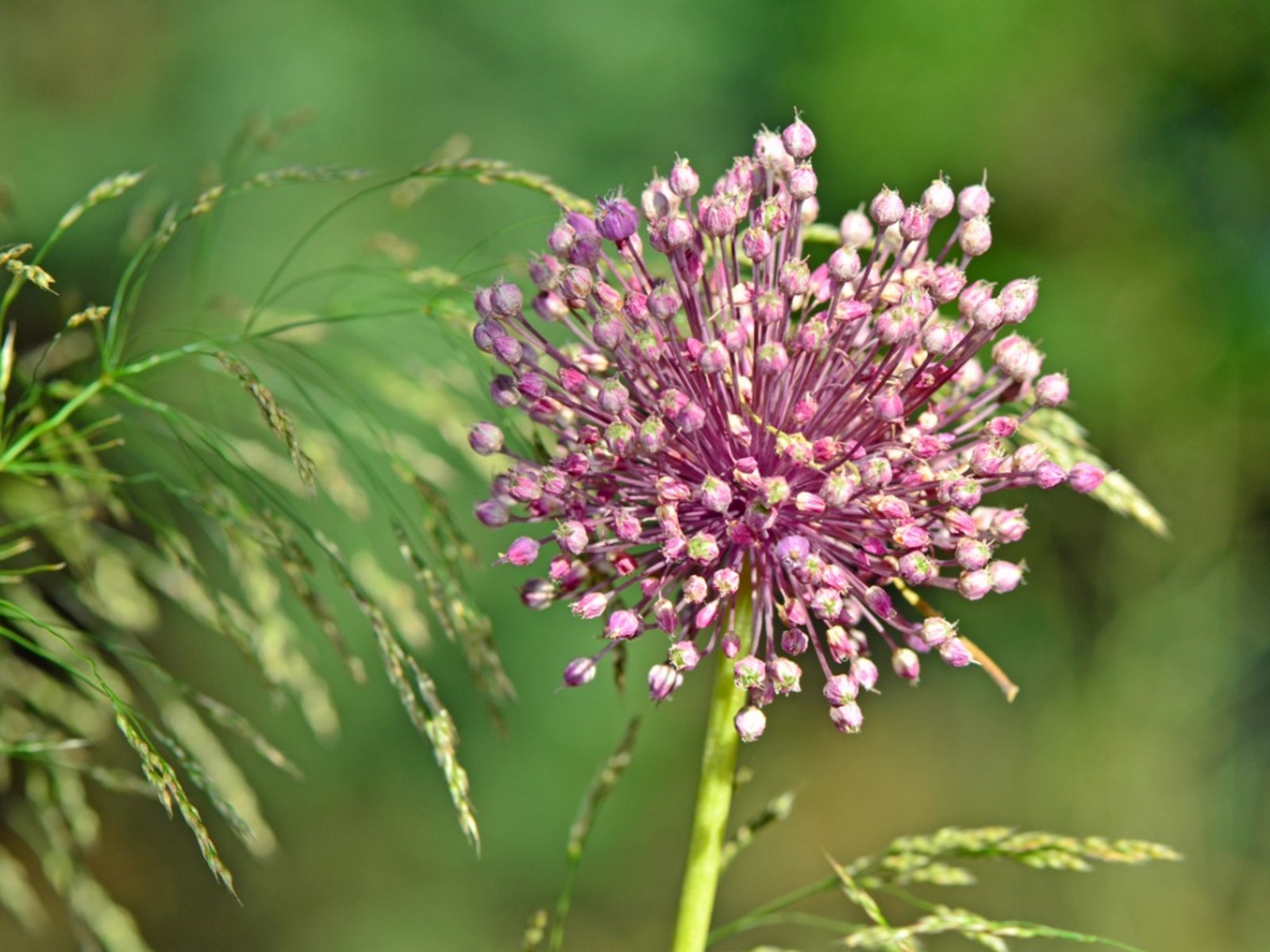 How To Stop Leeks From Bolting And Going To Seed
How To Stop Leeks From Bolting And Going To SeedLeeks can be an unusual but delicious vegetable to grow in the garden. A common problem with these alliums is bolting leeks. When leeks are gone to seed, they become tough and inedible. Learn how to prevent that here.
By Heather Rhoades
-
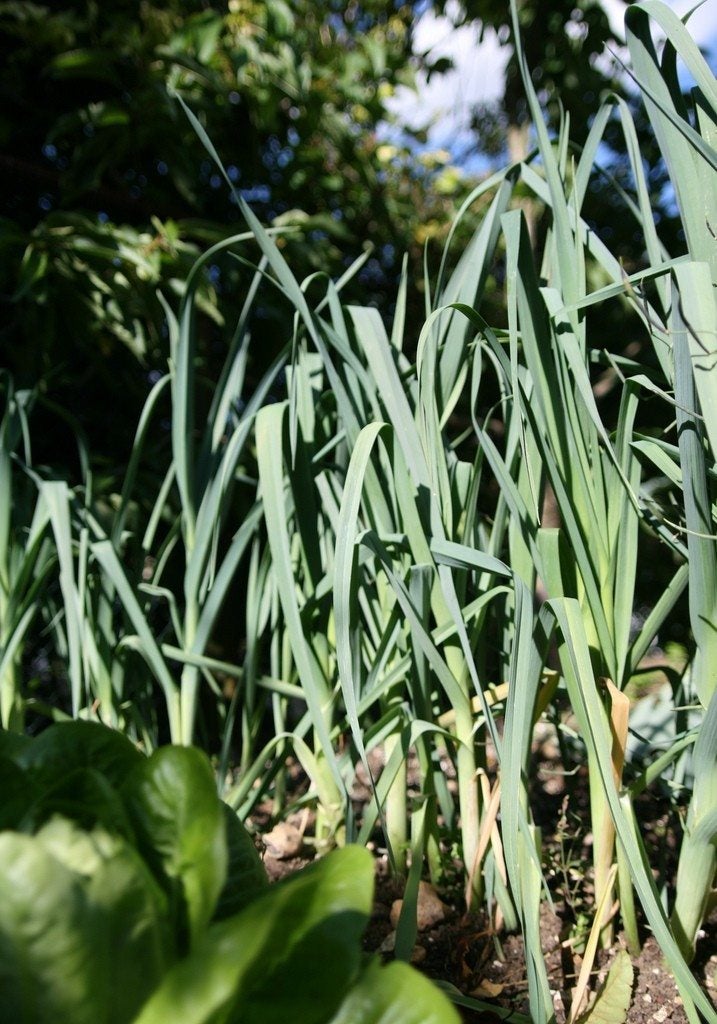 How To Grow Leeks And Tips For Harvesting Leeks
How To Grow Leeks And Tips For Harvesting LeeksGrow some leeks for a delicious, mild onion-like flavor in soups and other fine cooking.
By Nikki Tilley